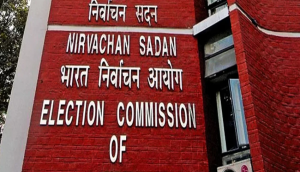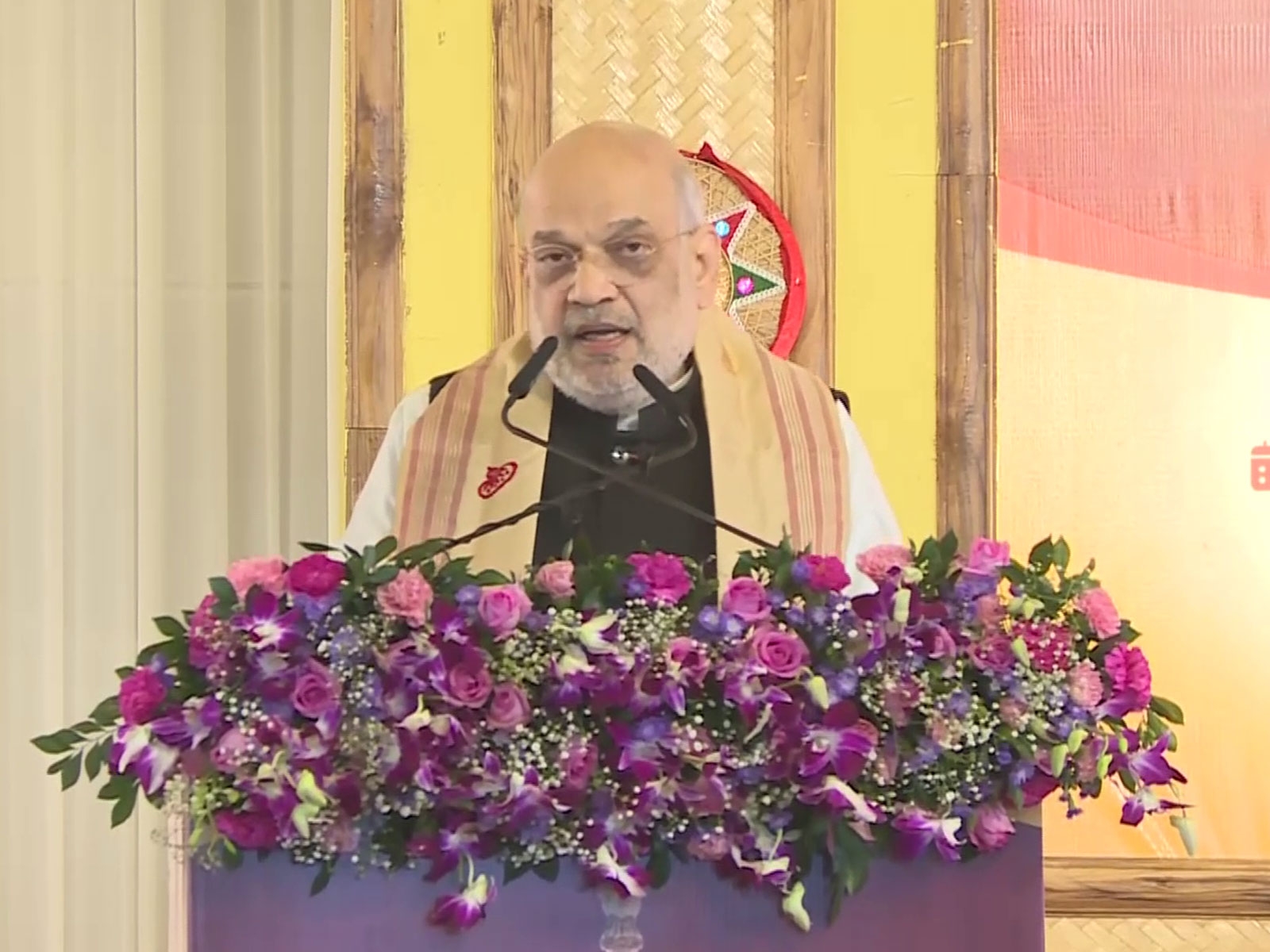Mamata gives Kalimpong districthood. Is it a ploy to undermine Gorkhaland movement?

Last week, Mamata Banerjee undertook a three-day visit to northern Bengal. There, speaking at a function to mark the 5th anniversary of the establishment of Lepcha Development Board, she declared Kalimpong sub-division as the 21st district of Bengal.
Although the formal inception of Kalimpong as a district will take place only after the Calcutta High Court clears the move - and that could take some time - Mamata's announcement has fulfilled a long pending demand.
The demand for making Kalimpong a district was mainstreamed by Harka Bahadur Chettri, founder of the Jan Andolan Party, when he was the Gorkha Janmukhti Morcha's legislator from Kalimpong. Chettri left the GJM over differences with the party's leader Bimal Gurung and launched the JAP in January 2016.
Also Read: GJM triumph: Darjeeling hills vote for Gorkhaland, reject Mamata's TMC
The move didn't pay off as Chettri, despite his popularity in Kalimpong, lost the assembly election earlier this year. His defeat was quickly blamed on the JAP siding with the Trinamool Congress, which is perceived by the people in these parts as being against their interests. Mamata had even named Chettri as the TMC candidate from Kalimpong in the last election, only for the JAP leader, fearing a backlash, to contest on his own party's symbol.
The bonhomie between them appears too have cooled since. Indeed, while declaring districthood for Kalimpong, Mamata insisted that "the decision was not due to the efforts of a single person but because of her own efforts to help bring development in the hills". It was understood as a snub to Chettri though he himself didn't seem to think so.
Speaking to Catch, he said, "Technically she is right that it is entirely because of her. Without her consent, this would never have happened. Yes, I have been tirelessly working for the creation of a separate district of Kalimpong but I do not want to take credit for it. If I do, it might hinder the smooth process for the formation of the district."
He added, "Even though the chief minister has made the announcement, we don't know how long it will take for the high court to give its order. It could be that the formal announcement coincides with municipality elections next year."
While Chettri may play humble, the GJM has no qualms in seeking credit. The party's Darjeeling legislator, Amar Singh Rai, told Catch, "Everybody knows it was the GJM which launched the demand for a Kalimpong district before anyone else. It was the GJM and its MLAs that have been pressuring the government on this issue for years now. The chief minister may claim it's because of her, but then why the delay of so many years? Everybody knows the truth."
In the name of development
To allow the various minority communities residing in the Darjeeling Hills - - Lepchas, Tamangs, Bhutias, Kamis, Vishwakarmas and others - greater say in running their administrative affairs, the Bengal government has formed 10 development boards. And during her visit to Kalimpong, Mamata handed out cheques to all boards for amounts ranging from Rs 2 crore to Rs 10 crore.
Also Read: The hills have eyes: has GJM met its nemesis in Harka Bahadur Chettri?
The Mamata regime claims the development boards are meant to promote and safeguard the languages, culture and art of these minority communities. Many observers, however, are loathe to take such claims at the face value, not least because their funding comes not through the Gorkha Territorial Administration, a semi-autonomous body that governs the Darjeeling Hills, but directly from the state government.
"The GJM is completely against the formation of these development boards. They are nothing but a ploy to create a votebank for Mamata Banerjee in the hills, something she has been unsuccessful at so far," said Amar Singh Rai. "Had the state government allowed the GTA to function, there would have been no need for these boards. We are curious to know from which funds the government is giving this money. If it is coming from the GTA fund, then the GTA should get this money. Also why is there unequal division of these funds to various communities?"
"This is all part of Mamata Banerjee's divisive policy aimed at disintegrating the Gorkhaland movement," Rai added, complaining that the government has still not transferred control of many departments and administrative decision-making powers to the GTA.
The Trinamool leader Bhaichung Bhutia rejected these claims, however. He told Catch, "These boards are necessary for the upliftment of these minority communities. The boards are utilising these funds very well. Housing and schools for the poor, employment and many other benefits are coming out of these funds. And various communities are asking for it. Mamata Banerjee is in no way taking away from the cause of Gorkhaland. She is only obliging minorities with their basic needs."
Taking aim at the GJM, which runs the GTA with a majority, Bhaichung added, "We all have seen the work the GTA has done. The condition of the roads, the scarcity of water has not improved in any way under the GTA. They have not helped bring development to the hills in all these years of being in power. These things are just as important."
Demand for Gorkhaland
In spite of winning concessions, especially in regards to autonomy, from the government in Kolkata, the people of the hills haven't given up on the dream of having their own state - Gorkhaland. The sentiment for statehood, as indeed the mistrust of the "Bengal parties", is strong as evidenced, most starkly, in election results. In both the 2011 and 2016 assembly polls, the GJM clean swept the hills.
So, whether the formation of the boards for minority communities is Mamata coming through on her promise to develop the hills or just a ploy to gain an electoral foothold in region, the sentiment for Gorkhaland is something she cannot ignore forever.
Also Read: Chai pe charcha: a Barcelona author desperate to save Darjeeling tea
First published: 26 September 2016, 6:43 IST






![BJP's Kapil Mishra recreates Shankar Mahadevan’s ‘Breathless’ song to highlight Delhi pollution [WATCH] BJP's Kapil Mishra recreates Shankar Mahadevan’s ‘Breathless’ song to highlight Delhi pollution [WATCH]](https://images.catchnews.com/upload/2022/11/03/kapil-mishra_240884_300x172.png)

![Anupam Kher shares pictures of his toned body on 67th birthday [MUST SEE] Anupam Kher shares pictures of his toned body on 67th birthday [MUST SEE]](https://images.catchnews.com/upload/2022/03/07/Anupam_kher_231145_300x172.jpg)






